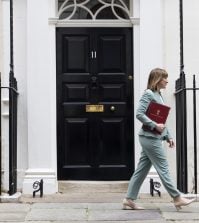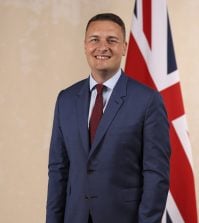Australia’s chief scientist calls for increased investment in renewable energy

Australia’s new chief scientist Dr Alan Finkel has called for greater investment in the research and development of technology for renewable energy.
Finkel, who has been in his role for just over a week, said that instead of focusing on closing down fossil fuels, efforts should be made to make renewable energy into a “really attractive” alternative.
The founder of a Silicon Valley robotic instruments company said these efforts will take between 20 and 30 years, but warned that “the slower we start, the longer it will take.”
Finkel added: “We have started, but it needs to be done even more effectively. To do that, we need to develop more cost-effective, highly efficient technology and develop storage that goes with solar and wind.”
Read more: Australia appoints new chief scientist
The best thing for Australia to do, he said, “is to develop zero emission technologies that are reliable, abudant and affordable,” according to SBS news.
Finkel, who in 1983 established Axon Instruments, a California-based, supplier of electronic and robotic instruments used in neuroscience research and pharmaceutical drug development, was previously chancellor of Monash University, which has campuses in Australia, Malaysia, South Africa, India and China.
He replaced Professor Ian Chubb, who had been in post since May 2011, to become the country’s eighth chief scientist.
He is the chairman of the Australian Centre of Excellence for All-Sky Astrophysics and the Executive Chairman of Stile Education – an education technology company based in Melbourne.
Read more: EU finance watchdog announces priorities for 2016
Finkel established the Australian Course in Advanced Neuroscience to provide advanced training to early career neuroscientists.
He also leads a secondary school science programme named STELR, administered by ATSE, which is currently running in nearly 450 secondary schools around Australia.
Finkel received his bachelor of engineering in 1976 and a doctorate in electrical engineering from Monash University in 1981, following which he served two years as a neuroscience research fellow at the John Curtin School of Medical Research, located at the Australian National University.
For up to date government news and international best practice follow us on Twitter @globegov





















